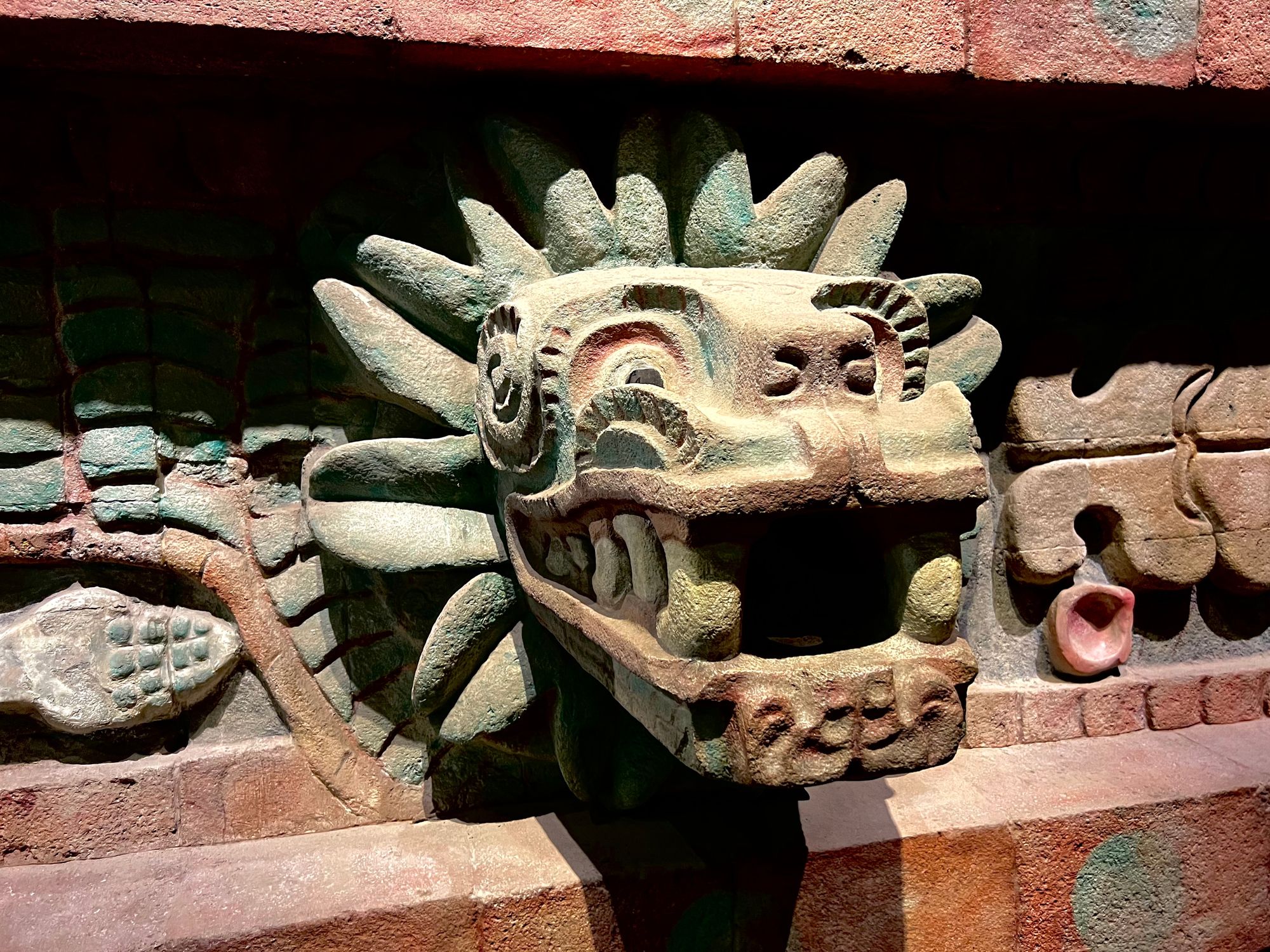The Secrets of Maya's Chukum and Jiote Trees: Unveiling the Mystery of their Strong Plaster
The ancient Maya civilization has always been a subject of great fascination and intrigue for historians and archaeologists. Known for their magnificent pyramids, palaces, and other architectural wonders, the Mayans were a highly advanced and innovative people who developed their own unique techniques for building structures that have withstood the

The ancient Maya civilization has always been a subject of great fascination and intrigue for historians and archaeologists. Known for their magnificent pyramids, palaces, and other architectural wonders, the Mayans were a highly advanced and innovative people who developed their own unique techniques for building structures that have withstood the test of time. One of their most impressive building materials is the lime plaster that they used to create smooth and durable walls, floors, and ceilings in their buildings. And now, after years of research, scientists have finally solved the mystery of how the Maya made plaster so strong.
The secret ingredient that made Maya lime plaster a step above its Mesoamerican peers was the sap from nearby chukum and jiote trees, which the Mayans added during the plaster-making process. The sap created insoluble crystalline structures, similar to those found on the shells of mollusks, that were well-suited to surviving the hot and humid climate of Central America.
What makes this discovery so remarkable is that it sheds new light on the technological achievements of the ancient Maya masons and offers valuable insights into sustainable construction practices that can be used today. By reverse engineering the Maya plaster-making process, scientists can now create new lime-based plasters and mortars that are not only durable but also environmentally friendly.
The study conducted by scientists from Spain's University of Granada used high-tech methods such as electron microscopy, X-ray diffraction, and polarized light microscopy to examine fragments of the Maya plaster taken from the Copán Valley in Honduras. They also consulted Maya descendants living in the area to extract the required sap and make their own Maya plaster.
The resulting plaster had enhanced plasticity and weather resistance, similar to biominerals found in modern cement and oyster shells. This allowed the Maya buildings and monuments to withstand the ravages of climate and time, and to survive for centuries. The durability of the Maya plaster has long been a subject of interest for historians, and the discovery of the secret ingredient has only added to the allure and fascination of this ancient civilization.
In conclusion, the research conducted by the University of Granada has finally solved the mystery of the Maya’s resilient lime plaster. The sap from chukum and jiote trees that the Maya used in their plaster-making process has been found to be the key to the durability and resilience of their structures. The discovery of this secret ingredient has not only helped shed new light on the technological advancements of the ancient Maya civilization but also provides a valuable insight into sustainable construction practices that can be used today.




